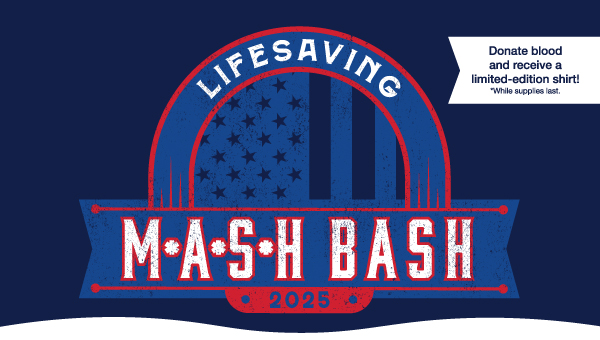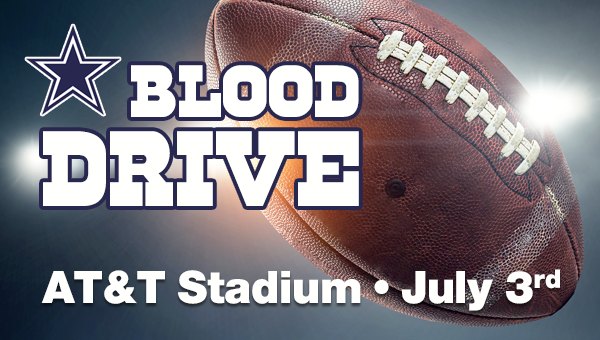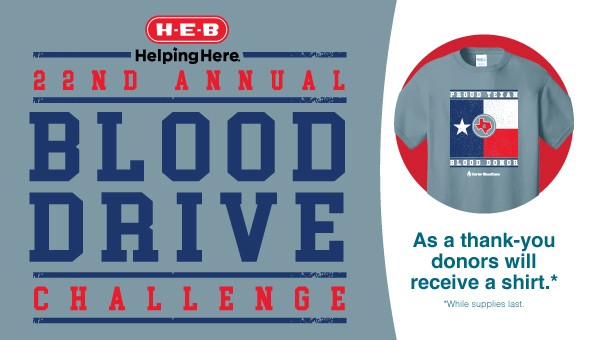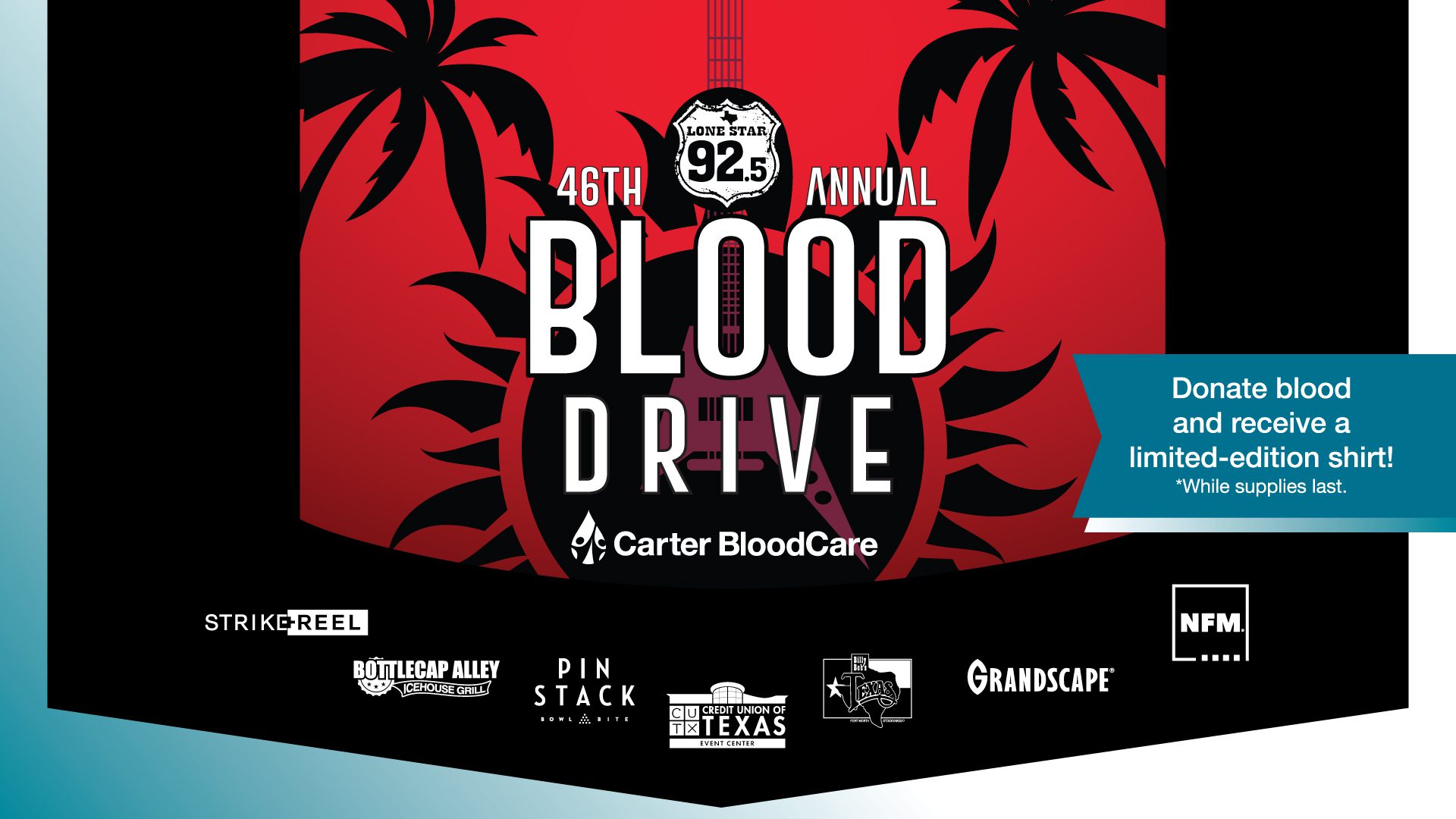
Donate this summer to save lives: An interview with iHeartMedia and Carter BloodCare
DFW’s Lone Star 92.5 hosts 46th annual summer blood drive June 20-25
Ahead of the 46th Annual Lone Star 92.5 Summer Blood Drive with Carter BloodCare (June 20 – 25, 2022) in Dallas-Fort Worth, iHeartMedia Public Affairs Director Anna de Haro spoke with Carter BloodCare’s Clint McCoy on the importance of consistently donating to help Texans in need.
The interview was broadcast June 5 across iHeartMedia’s DFW radio stations Lone Star 92.5, 97.1 The Eagle, STAR 102.1, 102.9 NOW, 106.1 KISS FM, and Talk Radio 1190 AM.
Portions of the following transcript have been edited for length and clarity.
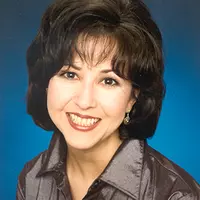
Anna de Haro: Hello, and welcome to the program. In the aftermath of the deadly mass shooting at Robb Elementary School in Uvalde on May 24, people across the state who felt like they needed to do something stood in line at blood donation sites to give blood, blood that was so desperately needed to help those who survived the shooting.
But the reality is that blood is needed every day. It is essential for surgeries, for cancer treatments, for victims of traumatic injuries.
The need for blood is year-round, but during the summer months, people put off donating blood, which leaves our blood centers scrambling to make sure the local needs are met, which is why every year during the month of June, we team up with Carter BloodCare for a summer blood drive. This year, the blood drive will be held at locations around the [Dallas-Fort Worth] metroplex the week of June 20.
Joining me to talk about the blood drive and the importance of donating and raising awareness about blood donation is Clinton McCoy. Clinton is the director of mobile donor recruitment and regional operations for Carter BloodCare.
Clint, thank you so much for being on the program today.
Clint: Thanks, Anna. I’m glad to be here. We appreciate y’all giving us a voice to the community.
Anna: Unfortunately, the majority of people don’t think of donating blood until there is some sort of tragedy, like what happened in Uvalde or earlier this week in Tulsa, Oklahoma, or they donate when a family member is sick and needs a transfusion. What do you wish more people knew about the constant need for blood donations?
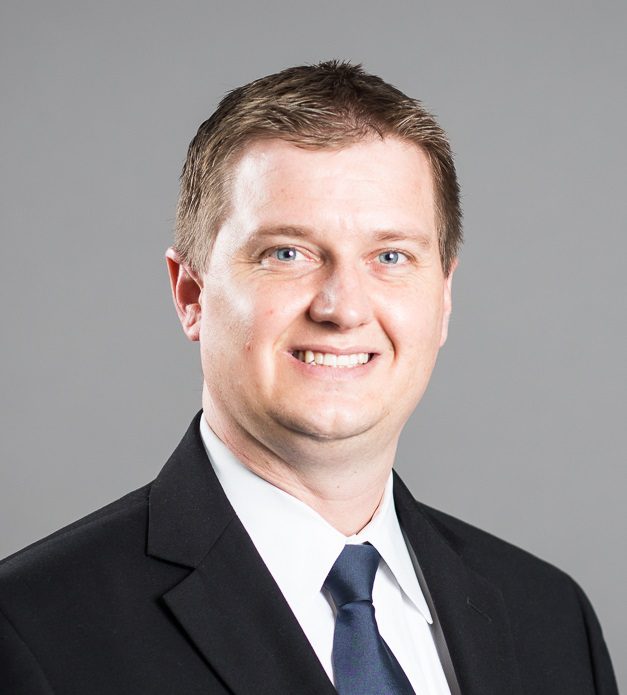
Clint: Donating blood isn’t a one-time thing. Blood has a shelf life. It’s only good for about 42 days after we draw it from a donor. So we really need people to take the time and make it part of their civic duty, their normal routine. Donate blood every couple of months, and then donate two or three times a year, especially at least one time during the summer.
If all of our regular donors donated one time during the summer, we would probably not have a blood shortage.
Anna: You talk about the blood only being able to be on the shelf for 42 days, but normally, by the time you get a blood donation, that blood is being used by area hospitals and other medical centers.
Clint: Right. Very rarely does the unit of blood stay its full 42 days [on the shelf]. It really is extenuating circumstances if that were to happen.
Especially since COVID, our ideal operation is to have a three-to-five-day supply on our shelves. We service over 200 hospitals across North, Central and East Texas, and we’d give them kind of a par-level supply of what their daily usage is going to be, so that every day, when they start up, they have enough blood to get through a day for traumas and through the unexpected events.
There are supply chain shortages everywhere and blood supply is no different. We’ve been operating on about a one-day to one-and-a-half-day supply. And what that means is, everything we collect today, we get it tested for infectious disease, we make sure it’s good to go, and generally within 24 to 48 hours, we are shipping it to a hospital so that it can meet the next day’s patients’ needs.
It’s very rare that it goes 42 days, but we need more and more people to step up so we can build that inventory back.
Anna: How critical is the need for blood right now?
Clint: It’s constantly a need. Generally, when we say critical, that means we might not make it through tomorrow. We’d really like to be able to give our staff and give hospitals a little bit of a breath to know that there’s a little bit more here to meet those unexpected challenges.
You mentioned the shooting. An instance like that can use a lot of blood really quickly to save a lot of people’s lives. Right now, we’re in that one-to-two-day supply.
We really need O negative donors. O negative is the universal donor, which means it can be transfused to anybody. So those critical traumas, as they come in the door, they’re giving them O negative until they learn what that patient’s blood type is.
It’s always hard for us to keep O negative inventory. O negative donors, we need them to come out. If you know you’re O negative, please come out and donate.
But all other types are needed as well, because once they figure out what the patient’s blood type is, they give them that type, so we need to make sure that that inventory is there as well.
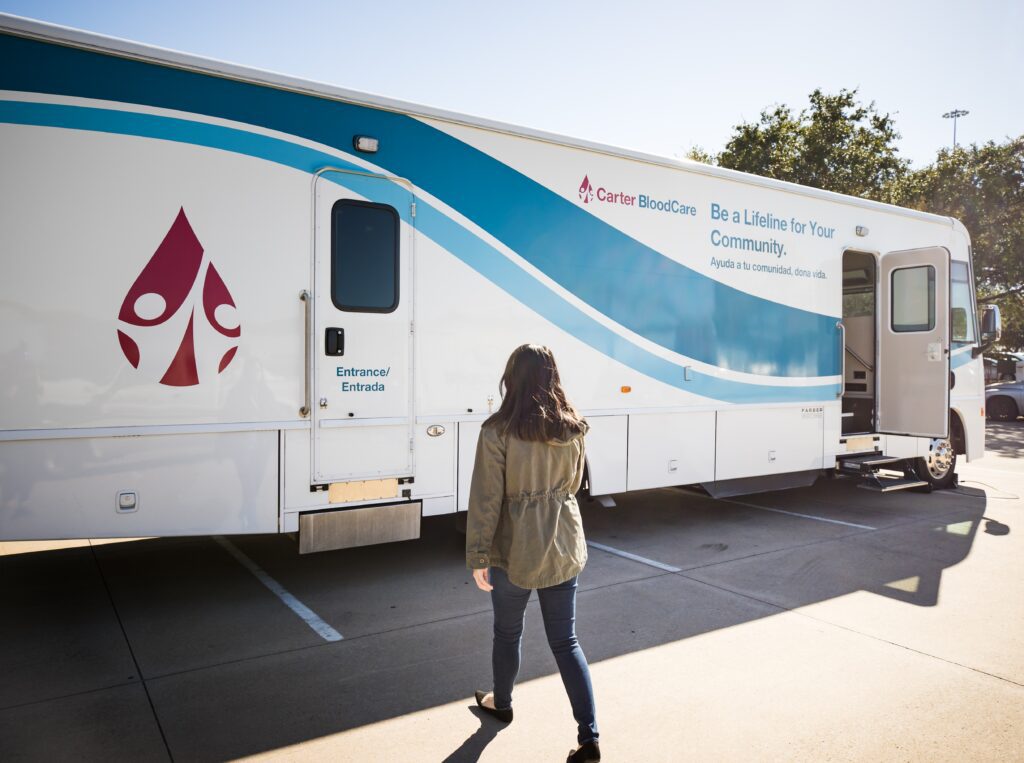
Anna: So who is eligible to give blood? I’m O negative, so I’m eligible. But who is eligible to give blood?
Clint: In the state of Texas, which is where all of our operations reside, you have to be at least 17 years old, or 16 with the parental consent form. Those consent forms can be found on the website; it’s a simple form that a parent signs, it gives their 16-year-old permission to donate blood. You must weigh at least 110 pounds.
You can donate whole blood every two months. Those are your minimum requirements.
Statistically, when we take a snapshot of the nation, about 62% of the nation is eligible to donate blood, but only about 3% actually do. So there’s really a top 3% out there of American citizens that are pretty much saving 100% of all patients’ lives. We’d really like to see that statistic get flipped and see it in the five, 10, 15% of the population actually donating.
Anna: Other than really young people, what would keep somebody from donating blood?
Clint: Certain medications, certain health histories, health behaviors. We are regulated by the Food and Drug Administration, and they have a set of guidelines we have to go through to focus on two items.
One is the safety of the transfusion recipient. The patient’s already in a bad situation. We don’t want to make their situation worse. [Also] is the safety of our blood donors. We make sure it is a safe thing for somebody to donate blood, that it wouldn’t adversely affect them in their health. We don’t want a donor to become a recipient, in other words.
Every donor answers a health questionnaire, it’s on things like history of cancer, history of bloodborne illness, what kind of medications you’re on. A lot of people think they’re ineligible to donate because of diabetes or high blood pressure or things of that nature, but honestly, they’re actually probably eligible to donate.
We walk every single donor through every single question, every health line item to make sure we meet our criteria.
Whole blood can be donated every 56 days. Plasma can be donated every four weeks. Double reds – collecting two units of red cells in one visit – can be donated every 112 days, and platelets can be donated every two weeks.
Anna: One of the things about booking an appointment online is, when you do a questionnaire, it asks you all sorts of questions and they’ll let you know, right off the bat, whether you’re eligible or not.
And one of the things is travel, which a lot of people don’t realize. So what are some countries that, if you’ve traveled to, would make you ineligible?
Clint: The biggest travel deferrals have to do with malaria. It is based on CDC [Centers for Disease Control and Prevention] guidance.
There are some other deferrals based on mad cow disease or travel based on whether or not you were stationed in the military in Europe. Those get very specific, based on very tight year range and travel ranges and countries.
Anna: What about somebody who’s received a tattoo recently?
Clint: There is no deferral as long as it was done in a licensed tattooed facility. If you go to a tattoo shop in the state of Texas, it’s licensed through the state of Texas.
Anna: It is estimated that every two seconds, someone in the United States needs blood.
Blood is essential for surgeries, for cancer treatments, for chronic illnesses, traumatic injuries. And despite the pandemic, the need for blood has not taken a break, but the number of donors has gone down over the past couple of years.
So today we are hoping to encourage people to roll up their sleeves and donate blood during the annual summer blood drive. It’s going to get underway the week of June 20 at locations around the metroplex.
Of course, if you can’t make it the week of June 20, you can book right now and make your appointment for any day. But as you said, Clint, make sure that you put it on your calendar to donate at least once during the summer.
Why is it that during the summer months you see the blood donations go down? I mentioned that a lot of people are thinking about summer plans, but what are some of the other reasons why blood donations go down?
Clint: The biggest reason is because school’s out. We have about a nine-to-10-month window from mid-August to right about this week [when high school blood drives take place].
Almost 25% of our community blood supply comes from high school students when they’re in school. So we run blood drives at pretty much every high school you can think of.
Again, our goal is to introduce it in an educational, informal and fun way to high school students, so they’ll become donors for life.
We really need that community support. There is no upper limit to donate blood.
People need blood 24/7. These neighbors in need include vehicle accident and trauma patients, mothers experiencing blood loss during difficult childbirths, older adults with age-related health issues, transplant and surgical patients, people receiving cancer treatments, patients recovering from severe burns, children living with anemia, and many others.
Anna: For someone who has never donated blood, what would you like them to know about the process? What can they expect from a blood donation?
Clint: The number one thing we want people to understand is that it should not hurt. Yes, you’re going to get poked with a needle and it’s going to pinch a little bit, but a good blood donation really doesn’t hurt outside of that millisecond.
I think so many people worry they’re going to have a bad reaction or they’re scared of needles and they’re going to get anxious about it. There are steps you can take to mitigate that: eating a good meal, drinking plenty of fluids, having the right mindset. Having a positive outlook is half the battle to a successful outcome. It’s the same thing for blood donation. It’s coming in with, “OK, this shouldn’t hurt. I should feel comfortable.”
The chairs are big and cushy. We have pleasant staff. It’s in a clean environment. We’ve got lots of juice and cookies waiting for you. It should be a pleasurable experience from beginning to end. And if at any time it’s not, you need to let us know because we can probably catch it early so that it’s not a totally negative or bad experience.
I really want people to understand that it should be a nice, good, clean, fun environment for you to be able to come in and you’re helping save somebody’s life. You’re giving blood to somebody who’s going to be in the hospital in the next day or two and saving their life, from beginning to end.
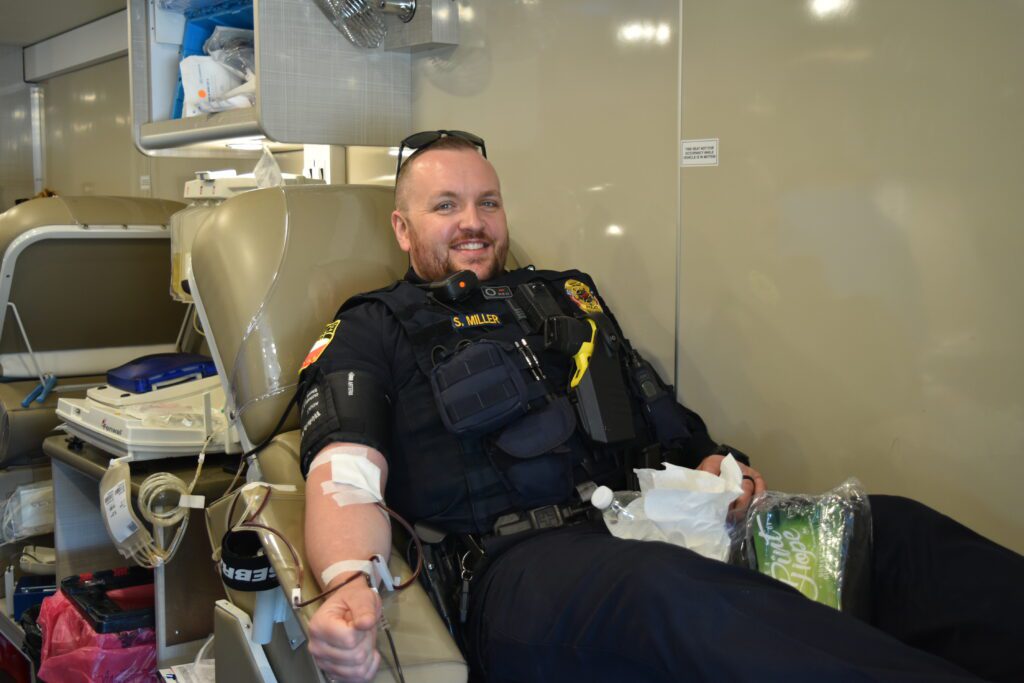
Anna: How long is the process for [donating] whole blood?
Clint: It shouldn’t take more than an hour. Especially if you register online, we’ll send you a reminder the day of to complete your health questionnaire and you can do it from your phone. You can download the Carter BloodCare app and answer those health questions we talked about earlier; that saves you 10 or 15 minutes.
So then our staff will review it. It takes about 10 minutes to do an initial health screening where we’ll check your temperature, your pulse, your hemoglobin levels, which is the amount of red blood cells you have, and a few other biometrics. And then once you’re passed, the blood donation only takes about 10 to 15 minutes out of that hour that we’ve allotted.
The rest of that time is processing paperwork and then recovery; it’s technically a recovery area where you go drink some Powerade, juice, cookies, get something on your stomach.
And then, you get a nice donor reward and you’re out the door.
Anna: Let’s cover the fact that you need to have a good meal ahead of a donation and also drink plenty of water. Why is that important?
Clint: Because it helps steady your body. It keeps your sugar levels balanced and staying hydrated helps your blood flow more properly.
Anna: I have heard it said that one donation can save up to three lives. What is the impact of that one blood donation? How is it that it can save up to 3 lives?
Clint: We take your whole blood donation – that’s where we’re talking about that one donation, which is the most common procedure that we do – and we will take that back to our component laboratory where we spin the blood in a centrifuge.
Your blood is made up of different components and some are heavier than others. Your red blood cells are the heaviest component and they sink to the bottom of the bag when we centrifuge it, and your plasma and platelets go right to the top.
Then we will extract that plasma and platelets off that unit. And you’ll have a unit – the technical term is a unit of packed red cells; it’s like red blood cell concentrate – and that is the most common thing that they’re transfusing in hospitals. When they say, “Hey, I need a unit of blood,” it’s technically not blood, it’s red blood cells. The red cells carry oxygen through your veins to your vital organs and tissues.
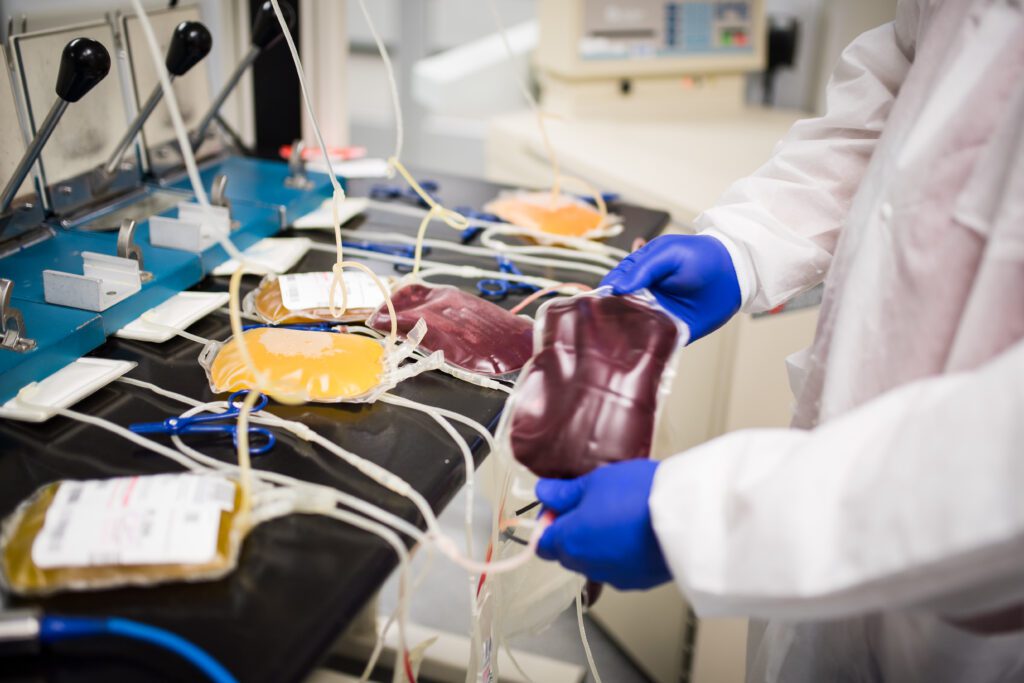
We can, again, further separate your platelets and plasma. Your platelets are the clotting factor. So if you’ve had a cut, you get a scab, that’s your platelets going to form that scab so that you stop bleeding.
Your plasma is mostly water and complex proteins. It is the fluid that moves everything through you. So staying hydrated, the more water you drink, the easier your red blood cells and platelets can get around your circulatory system.
And we will separate those each into their own transfusable products. So somebody might receive plasma if they’re a burn victim, or if they’re really dehydrated and they need fluids.
They’d give them platelets to help them clot, to stop an active bleed, in addition to the red blood cells to keep oxygen flowing.
So that’s how we say you can save three lives in one donation. Each of those components can go to a different patient at a different hospital in our community, and you’ve just helped out three people.
Anna: Let’s talk about the person on the other end. What do you want people to know about the person that’s receiving that transfusion, that’s receiving that blood?
Clint: [Patients] usually don’t have a choice [of being in a medical situation that requires transfusions]. But, [as donors] we have the conscious choice that we can make to help somebody. I can choose to donate so that a mother can live to see her child that she just gave birth to, or a father could see his kid that was in an auto accident again. It makes it an easy choice for me.
Anna: My personal reason for donating blood is, I lost my father to cancer, but during his treatment for cancer over the course of my high school years, I saw the impact that a blood transfusion could have on his energy level. And because of somebody donating blood, my dad was able to have some good days. So for me, I do it in memory of him, in honor of him.
And that’s why I encourage people, whatever your story is, please, please donate. CarterBloodCare.org, if you want to book an appointment, if you want to find out more, CarterBloodCare.org.
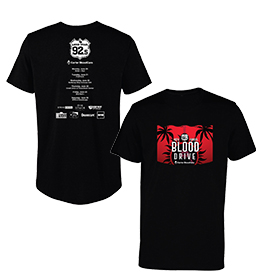
They’re preparing for their annual summer blood drive. It’s going to take place the week of June 20 at locations around the [DFW] metroplex. You’ll be able to win concert tickets, tickets to sporting events, and everyone who donates is going to be registered for a $500 gift card to Nebraska Furniture Mart.
So book an appointment for the week of June 20. The need for blood is constant, but during the summer months, people who normally donate don’t make appointments because they’re out of town. It’s not top of mind. And so we need to make sure that we’re doing our part to raise awareness and get more people to donate.
What is the main message that you want to get across to people? Not just during the week of June 20 when we’re doing the blood drive, but throughout the year?
Clint: The main message is, blood can’t be manufactured. There’s only one way that we can get blood to a patient at a hospital: when that’s from volunteer, altruistic-minded Texans, stepping up to the plate, rolling up their sleeves and giving us an hour of their time and donating a pint of blood.
It’s a year-long battle. It’s an everyday battle. It doesn’t stop just because of a holiday.
Anna: Besides collecting and distributing blood, how else does Carter BloodCare help the community?
Clint: We have all sorts of different programs out there. One of my favorites is our Great Leaders program. [It’s] an interactive program where we invite high school students in and they learn more about the medical community and positions we have within a blood bank. We want to provide something to those students and give them something that they can build upon, either a career or knowledge or insight into what it takes to be a leader in whatever career path they choose.
On top of that, they’re able to – through hosting blood drives – receive scholarships, to go to college and further continuing education. I really love that. We’re able to give back to high school students who give us so much throughout the year and to the schools that let us come in. It’s truly a blessing for us to have that avenue for our community and for us to be able to give back to them.
Anna: What is the process [for hosting a blood drive]? Because school is out for this summer, but maybe a community college that has summer courses or a place of business would like to organize a blood drive separate from our big summer blood drive, taking place the week of June 20. What is the process for them to organize a blood drive at their place of business or at a community college?
Clint: It’s actually very simple. You call and we haul. It’s such a fun and exciting way to engage your employees and engage your community.
There are two ways to do it. You can go to CarterBloodCare.org and there’s a tab to book a blood drive. Or, you can send an email to BookABloodDrive@CarterBloodCare.org.
We have 17 local consultants throughout North, Central and East Texas, based on your ZIP code, that will walk you through the process and the best hours to host a blood drive, when you would have the highest percentage of your population on-site, where we would show up, what we need as far as parking or room size. They will walk you through everything, with marketing materials, with signup sheets, with everything you need to engage your community.
Blood fact: First-time donors account for 31% of U.S. whole blood donations, while repeat donors account for 69%.
Anna: I know you hear it from a lot of people about how blood donations have saved a loved one. I shared my story, but what are some of the stories that have really stuck with you over the years?
Clint: Before I came into my [current] role here, I was one of those local consultants and I worked with a drive coordinator, she always had a blood drive at her real estate office, a small little real estate office. She’d said, “Hey, I want to do annual blood drives.
I’ll get you 30 or 40 donors. Can you come out?” Absolutely. Yes, we can. So her annual blood drive is in February, always around Valentine’s Day, and she always made it a big event, lots of food and prizes for everybody.
It’s meant the most to me all these years, this is eight or nine years ago. One day, I was just driving through and I said, I need to go in and say hi to her, I haven’t seen her in three or four months. And I stopped in and she looked kind of sad. I was like, “What’s wrong? Are you OK?” And then she showed me the pamphlet from her son’s funeral and her son wasn’t much younger than me.
I was just like, I’m just crushed, oh my goodness, I’m so sorry. This was two days after the funeral. I had no clue. He was in a motorcycle class and he was driving his motorcycle and he was going through a T intersection. He had a blinking yellow and the guy that was coming in perpendicular had a blinking red, and pulled out and hit him.
She’s telling me the story about, in the trauma room, the doctors trying to save his life and how many hundreds of units of blood, plasma and platelets he used, to try to keep him alive. And they were only able to keep him alive long enough for people to get to the hospital.
It just, it touches you and from there, she hosted two or three blood drives a year. There’s one in February, which is her annual drive. Then she does a Motorcycles, Mom and Me blood drive in May, right around Mother’s Day for moms to help them overcome grief of losing sons in motorcycle accidents. And then she did one on his birthday in September. The amount of lives she has saved [by hosting blood drives], before and after, it touches you.
Anna: CarterBloodCare.org, book an appointment today. Find out more about blood donation, especially if you’re O negative like me, the universal blood type, at CarterBloodCare.org.
I want to thank my guest, Clint McCoy, the director of mobile donor recruitment and regional operations for Carter BloodCare. Getting ready for that big summer blood drive the week of June 20, we’ll have all sorts of prizes.
Clint, thank you so much for sharing the story of Carter BloodCare with us, and let’s make this the biggest and best blood drive ever.
Pick your time to rock ‘n’ roll up your sleeve to donate:
Click here to see the schedule and locations for the
46th Annual Lone Star 92.5 Summer Blood Drive
with Carter BloodCare (June 20 – 25, 2022)



